Fig trees are fascinating plants that produce one of the most ancient and delicious fruits in the world. Figs can be eaten fresh or dried, or used to make jams, jellies, desserts, and savory dishes. Fresh figs have a mild, sweet taste and a soft texture, while dried figs are chewier and sweeter.
No matter which cooking methods you choose, they still provide a rich source of fiber, potassium, magnesium, calcium, iron, copper, and vitamin B6. With these nutritious benefits, fig trees deserve a place in your garden. And if you want to multiply them into more healthy fig trees, there’s nothing more suitable than growing a new one from cuttings.
1. Choose Your Fig Tree
Your gardening journey begins with choosing the perfect parent fig tree. Look for a healthy, disease-free, and fruitful fig tree that’s at least two years old. Whether it’s the sweet Celeste or the versatile Brown Turkey, select one that suits your taste buds.
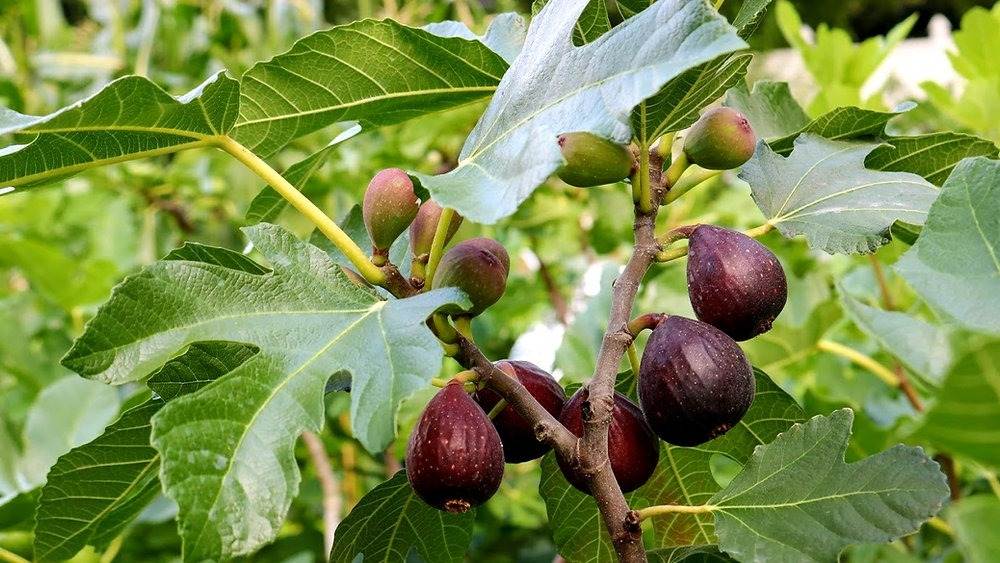
2. Timing Is Everything
The best time to take cuttings is during the tree’s dormant period, which usually falls in late winter or early spring before the tree starts to leaf out.
When you have a potted tree, it’s best to take cuttings in the spring, just before the tree emerges from its dormant period. This is the perfect time to root the cuttings, as they will be fully prepared to start growing once they awaken.
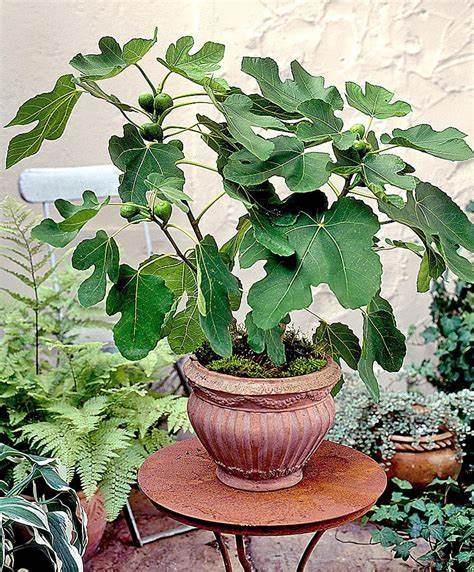
3. The Art Of Cutting
You’ll want semi-hardwood cuttings, about 8-10 inches long. Look for branches that are about the thickness of a pencil. Make a clean diagonal cut just below a node (where leaves or buds grow) using sharp, clean pruning shears. Once you’ve collected your cuttings, remove any leaves from the lower half of each cutting. This is to reduce water loss and encourage root growth instead of leaf growth. You can also dip the cut end of each cutting in a rooting hormone, which acts like a growth booster for roots.
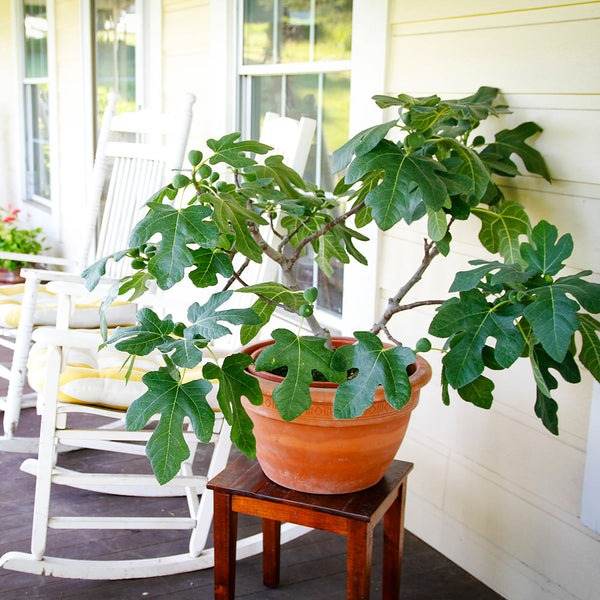
4. Propagating Fig Tree Cuttings
Choose a well-draining container or a pot with a sterile potting mix. Plant the cuttings about 2-3 inches deep, leaving at least one node (the pointy bump on the stem) below the soil. You can plant multiple cuttings in the same pot, but give them some breathing room.
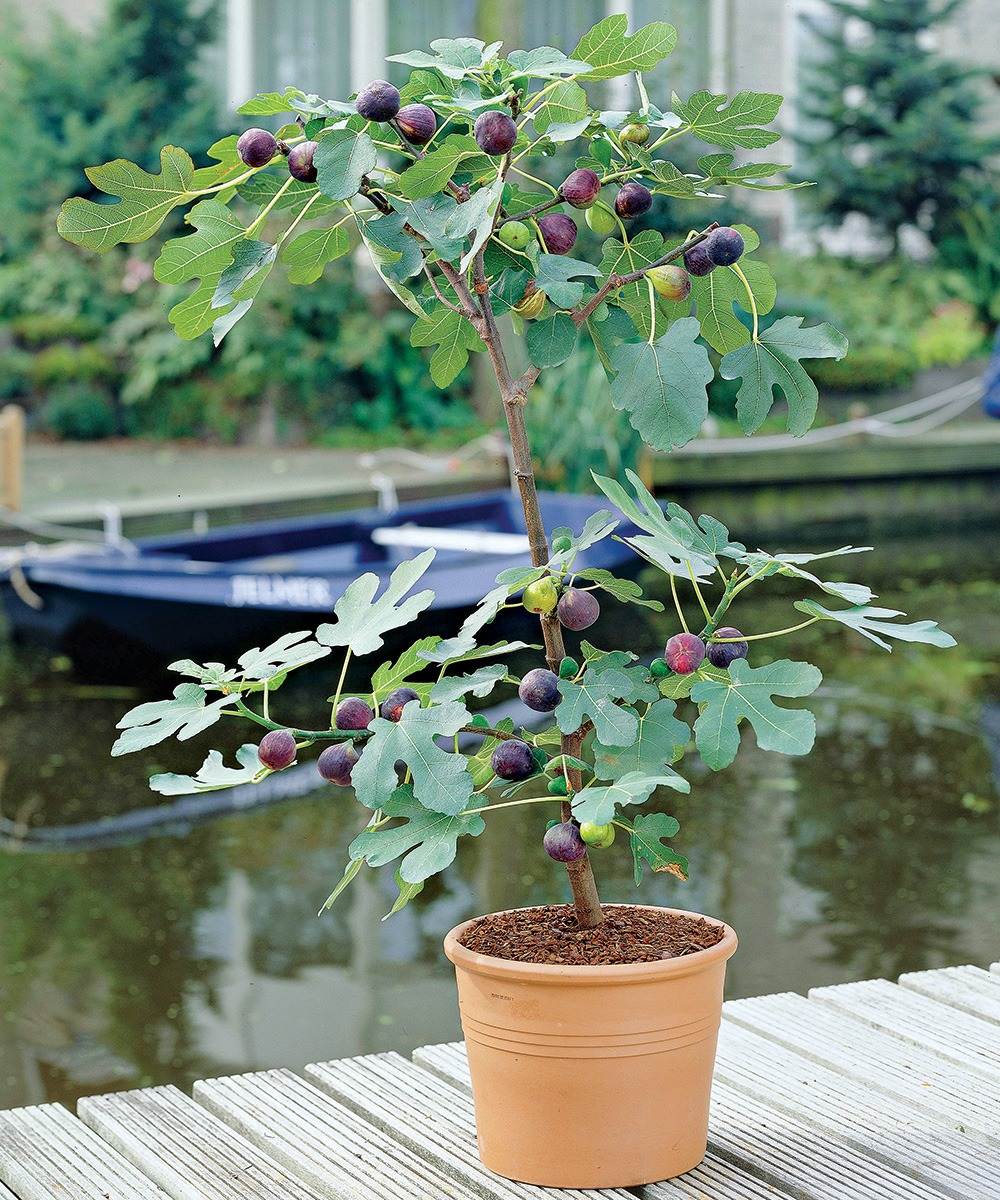
5. Taking Care Of New Trees
Your cuttings are about to become full-fledged fig trees. Place them in a location with bright, indirect light. Water around the cuttings as usual to keep the soil moist. Watering should be done every two weeks because overwatering will cause the cuttings to split and fracture.
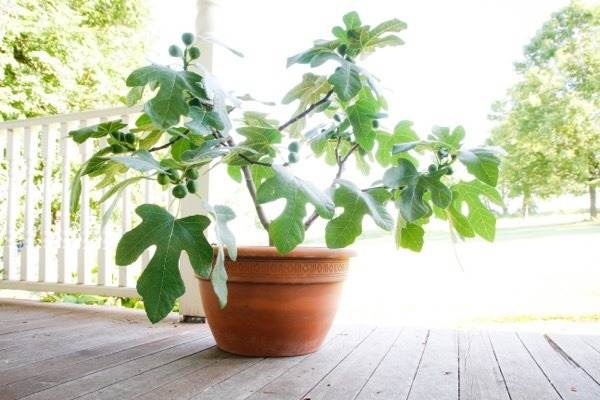
You don’t need to fertilize your new fig tree cuttings much. In fact, you should wait four to eight weeks after planting them to avoid burning the roots. To increase nitrogen levels, fertilize the cuttings with organic matter such as blood meal or chicken dung.
It may take several weeks or even a few months for your cuttings to develop roots and start showing signs of growth. Keep an eye out for those tiny green leaves, as they are signs showing you are a successful gardener.
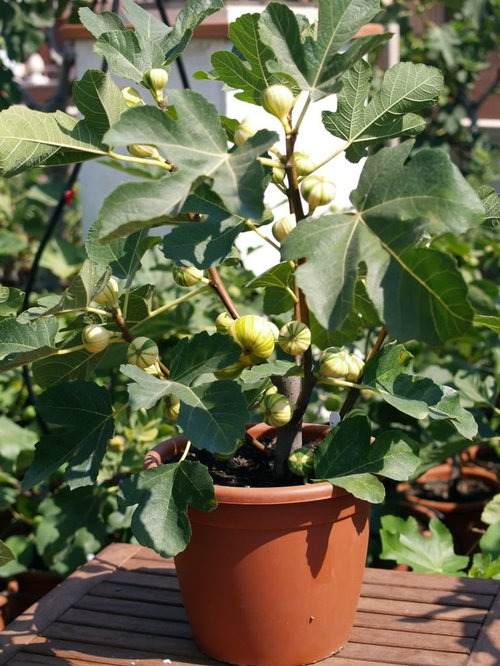
Pruning should take place during the dormant season of the cuttings the first year they are planted. You should cut off any crossing or rubbing branches that may interfere with the growth of the main branches. If you live in a cold climate, you may need to protect your fig tree from frost damage by wrapping it with burlap or plastic, or bringing it indoors if it is in a container.
6. Transplanting The Fig Tree
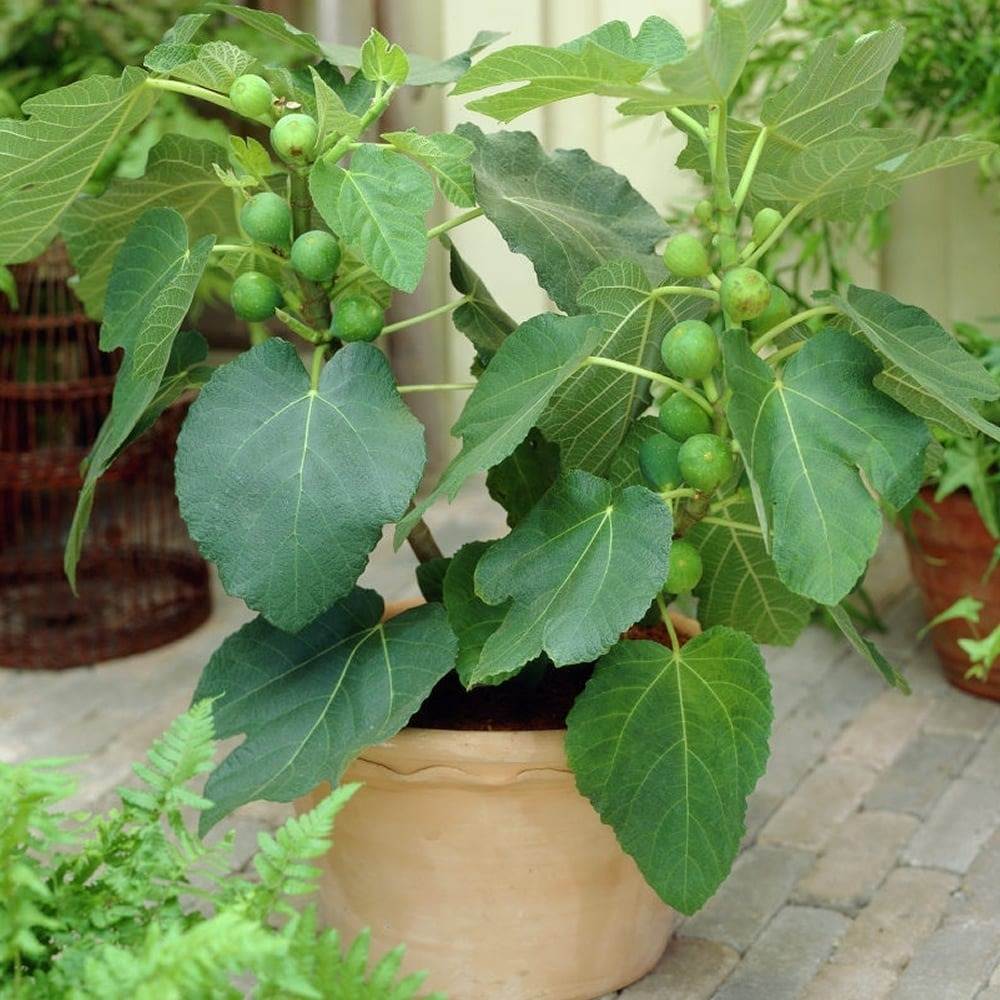
Once your cuttings have grown substantial roots and are about 8-10 inches tall, they’re ready for a bigger home. Transplant them into a larger pot or directly into your garden, giving them plenty of space to stretch their roots.
By growing fig trees from cuttings, you’re on the right track to have a fruitful harvest of figs. Moreover, it’s an easier and more economical way, compared to growing from seeds or saplings. If you’re an enthusiastic gardener, looking for tips to grow fruit trees, don’t forget to subscribe and wait for our latest articles.
